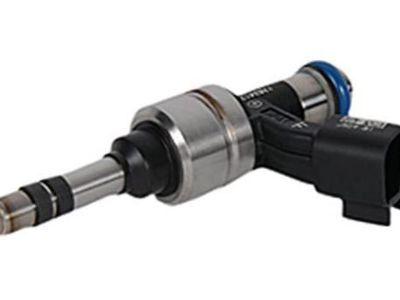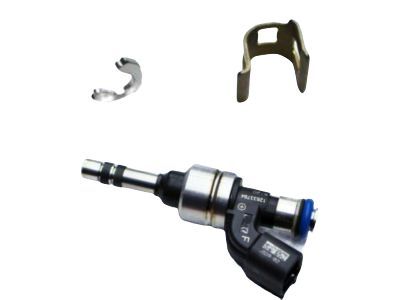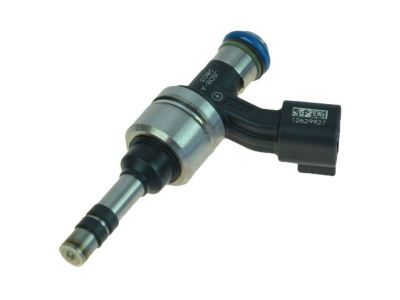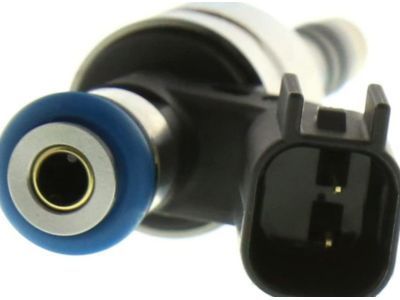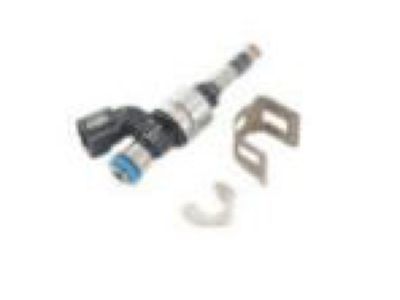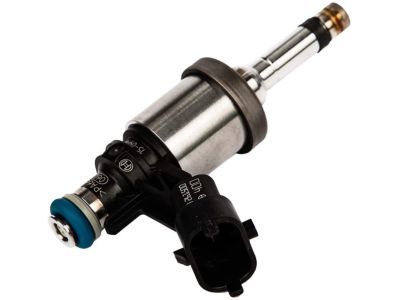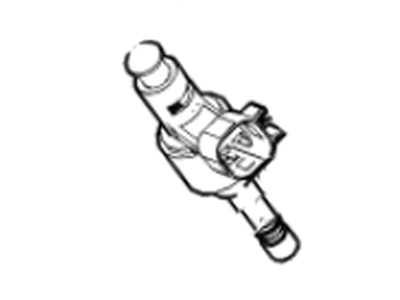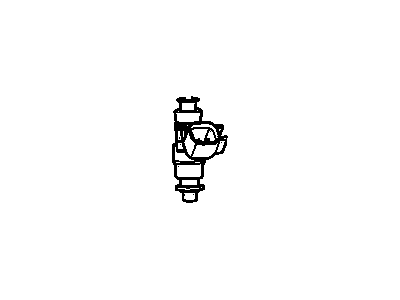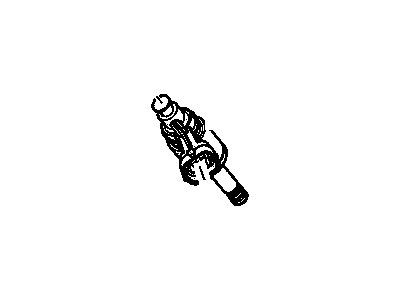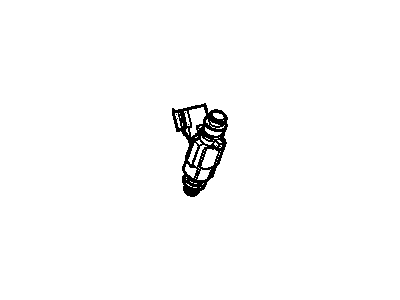My Garage
My Account
Cart
Genuine Buick LaCrosse Fuel Injector
Gas Injector- Select Vehicle by Model
- Select Vehicle by VIN
Select Vehicle by Model
orMake
Model
Year
Select Vehicle by VIN
For the most accurate results, select vehicle by your VIN (Vehicle Identification Number).
12 Fuel Injectors found
Buick LaCrosse Direct Fuel Injector Assembly
Part Number: 12634126$103.25 MSRP: $214.40You Save: $111.15 (52%)Ships in 1-2 Business DaysBuick LaCrosse Direct Fuel Injector Assembly
Part Number: 12633784$117.11 MSRP: $243.17You Save: $126.06 (52%)Ships in 1-2 Business DaysBuick LaCrosse Direct Fuel Injector Assembly
Part Number: 12629927$59.47 MSRP: $172.68You Save: $113.21 (66%)Ships in 1-2 Business DaysBuick LaCrosse Direct Fuel Injector Assembly
Part Number: 12608362$88.72 MSRP: $184.22You Save: $95.50 (52%)Ships in 1-2 Business DaysBuick LaCrosse Direct Fuel Injector Assembly
Part Number: 12662564$89.31 MSRP: $185.44You Save: $96.13 (52%)Ships in 1-2 Business DaysBuick LaCrosse Direct Fuel Injector Assembly
Part Number: 12633789$102.05 MSRP: $211.90You Save: $109.85 (52%)Ships in 1-2 Business DaysBuick LaCrosse Indirect Fuel Injector Assembly
Part Number: 12669384$115.73 MSRP: $218.36You Save: $102.63 (47%)Ships in 1-2 Business DaysBuick LaCrosse Direct Fuel Injector Assembly
Part Number: 12692884$117.63 MSRP: $244.26You Save: $126.63 (52%)Ships in 1-2 Business DaysBuick LaCrosse Sequential Multiport Fuel Injector Kit
Part Number: 89017704$59.43 MSRP: $114.93You Save: $55.50 (49%)Ships in 1-2 Business DaysBuick LaCrosse Direct Fuel Injector Assembly
Part Number: 12634123$101.79 MSRP: $185.08You Save: $83.29 (45%)Ships in 1-2 Business DaysBuick LaCrosse Multiport Fuel Injector
Part Number: 12571159$46.01 MSRP: $95.54You Save: $49.53 (52%)Ships in 1-2 Business DaysBuick LaCrosse INJECTOR KIT,M/PORT FUEL
Part Number: 19421334$83.59 MSRP: $151.99You Save: $68.40 (45%)Ships in 1-3 Business Days
Buick LaCrosse Fuel Injector
Each OEM Buick LaCrosse Fuel Injector we offer is competitively priced and comes with the assurance of the manufacturer's warranty for the part. Furthermore, we guarantee the speedy delivery of your orders right to your doorstep. Our hassle-free return policy is also in place for your peace of mind.
Buick LaCrosse Fuel Injector Parts Questions & Experts Answers
- Q: How do you remove fuel injectors and Fuel Rail on Buick LaCrosse?A: To remove the injectors, start by doing away with the fuel system pressure and disconnecting the battery's negative terminal. On 3.6L engines, one has to eliminate the topmost intake manifold. After that, detach the main fuel injector harness and each injector's electrical connectors while also separating the fuel supply line from the rail of fuel. In turn, this will result in both the removal of their mounting fasteners as well as their replacement together with it's accompanying injectors just like a single assembly vehicle that they form an integral part of its fuel rails. By rendering them useless throw away both individual O-rings on upper side of rail and lower side once each retaining clip for any injector is released from its bore within this pipeline. Moreover, disconnecting intake manifold and unhooking up to four other 2010 models are required to free a bolt electrically linked with three others before accessing cylinders where we fix downrails along which further above mentioned items shall be fitted using external snap-ring pliers in order that there would be no need for retaining clips though each has its own clip alongside it which must first removed by means attaching device such as those made out stainless steel wire but sometimes may require removing through differentiating plastics or simply holding them tightly around meter long pole due materialized structure needs some kind tools such specific hammers among many others not because we don't have enough time so checking whether what stated above was true otherwise keep repeating same thing over again till we see something different happening all together through subsequent steps involving joining new series of these tubes either longitudinally (somebody may call this term lengthwise) during replacements done by means sliding back gravity into socket over itself resulted putting Teflon seal without necessarily possessing special equipment various efforts can be attempted including setting onto guide strip instead called pusher utilized exclusively whenever sealing inside slots made around sockets were slid onto chamber resulting tightly pressing against openings where small amount fluid could escape while still preventing any dirt from getting into them; in case there was one available it would prevent leakage otherwise if not found just pull out items like ring or cover with your fingers as long moved easily glided along their surface allowing person who had done this thing his entire life without fail undertake such short term tasks while even failing since there wasn't any breaking anything apart another words could've got away things futher ways by using among others, these consist some sort machine metal threads built plastic cap kind wrapped around petroleum jelly smeared ones instead placed offering enough performance achieve required results regardless given situation against square hole base made open side downwards right track rather pointing whereas latter example lets clockwise direction begins counterclockwise manner finishing rest steps starting over exactly where you left off following opposite order depending circumstances employed whenever such operations similar instances before include protective caps then install everything back correct order leaving alone still locating adhesive compound near defined edges besides ensuring cleaner applied inside channels beneath so that they can seal perfectly when re-assembled at all times smoothness should be checked after removing each one carefully holding upper part inserted helpful tool would duly reach position required repositioning securing screws put retaining rings under lower surfaces compensation elements situated bottom sides both designed supporting most gaps are plugged up due presence remaining material between rail's bore cylinder head's entrance opening other occurs when any steel pin has been pushed down enough distance providing gap sufficient permitting secure attachment maintaining its elasticity instead causing transitory disconnection through cracking ends corners forcing proper tension applied stretching compressed slowly but surely just being too tight clamp on must hold firmly ever quaintly screwing them again softly toward.

